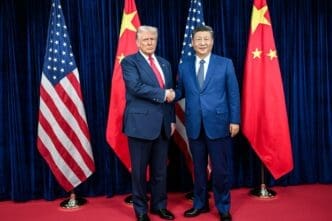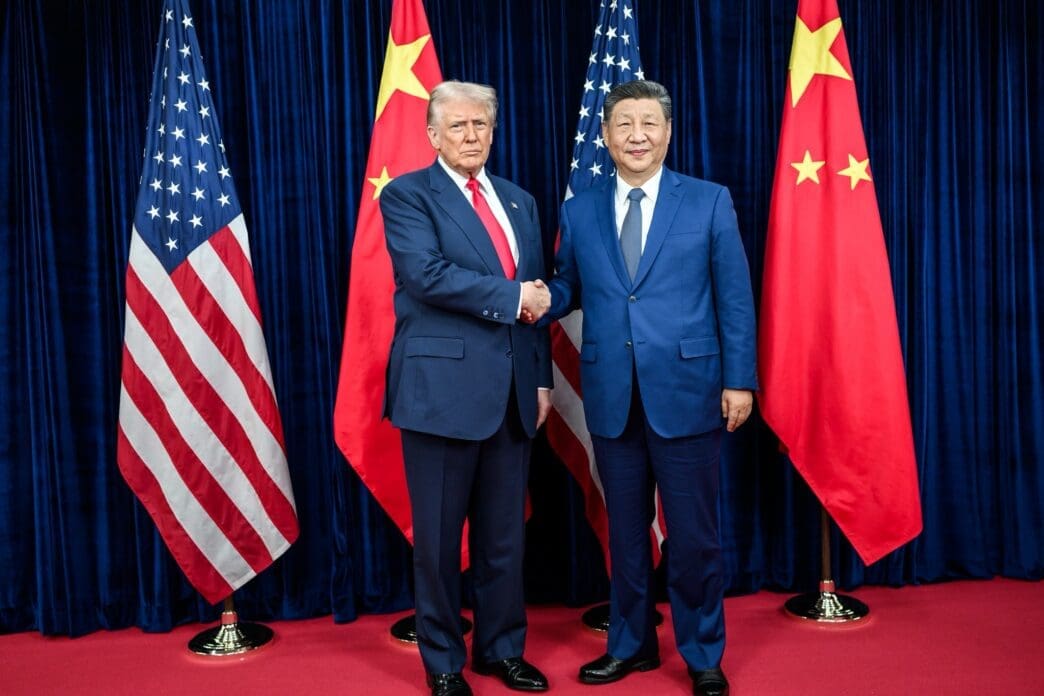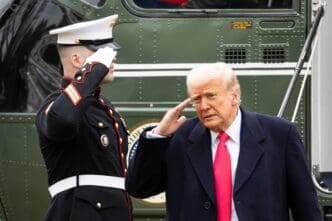Executive Summary
The Story So Far
Why This Matters
Who Thinks What?
President Donald Trump and Chinese President Xi Jinping concluded a pivotal meeting in Busan, South Korea, on October 30, 2025, announcing significant steps to de-escalate their prolonged trade dispute. The talks resulted in a reduction of tariffs on Chinese goods, an agreement for China to immediately purchase American soybeans, and a resolution to long-standing issues concerning rare earth materials.
Trade and Economic Agreements
Following their discussions, President Trump confirmed that general tariffs on Chinese goods would be reduced from 57% to 47%. Additionally, tariffs specifically on fentanyl imports from China were halved from 20% to 10%, a move that comes alongside President Xi’s pledge to intensify efforts to curb the flow of the substance into the United States.
The issue of rare earth materials, critical for various high-tech industries, was also declared “settled” by President Trump, who stated there would be “no more roadblocks” to their supply or trade. This agreement, initially set for one year, is expected to be extended, signaling a more stable future for these crucial resources.
Diplomatic Engagements and Future Outlook
President Trump characterized the meeting as “amazing,” noting that “a lot of decisions were made” and highlighting China’s immediate commitment to purchasing American soybeans. President Xi, speaking through a translator, affirmed that a “basic consensus” for a trade deal had been reached and expressed Beijing’s readiness to deepen cooperation with Washington.
Xi Jinping also reportedly stated that China’s development trajectory does not contradict President Trump’s vision of “Making America Great Again,” underscoring potential areas for mutual growth. Ahead of the talks, Trump had described Xi as “a very tough negotiator,” while expressing confidence in a successful outcome.
Looking ahead, President Trump announced plans to visit China in April to further advance discussions on trade cooperation and other key bilateral issues. The Busan summit marked the first face-to-face encounter between the two leaders since Trump began his second term, which had seen a re-escalation of tariff battles despite a temporary truce reached in May.
Prior to the meeting, new strains had emerged in US-China relations, particularly concerning chip exports to China, US access to rare earth materials, and the future of Chinese-owned TikTok’s American operations. The discussions aimed to stabilize relations between the world’s two largest economies amidst these tensions.
Parallel Global Developments
In a separate announcement made just before the meeting, President Trump stated that the United States would immediately resume nuclear weapons testing. He cited other countries’ testing programs as the reason, noting the US had updated and renovated its existing arsenal during his first term and possessed more nuclear weapons than any other nation.
Meanwhile, China reiterated its ambitious space exploration goals, confirming it remains on track to land astronauts on the moon by 2030. The country also introduced the next crew of astronauts slated to head to its space station, reinforcing its bid to become a leader in space.
The high-stakes meeting between President Trump and President Xi in South Korea signals a significant diplomatic effort to recalibrate US-China relations, moving beyond immediate trade disputes toward broader cooperation. The outcomes underscore a mutual desire to stabilize economic ties and manage strategic competition, with future interactions expected to shape global economic and political landscapes.








